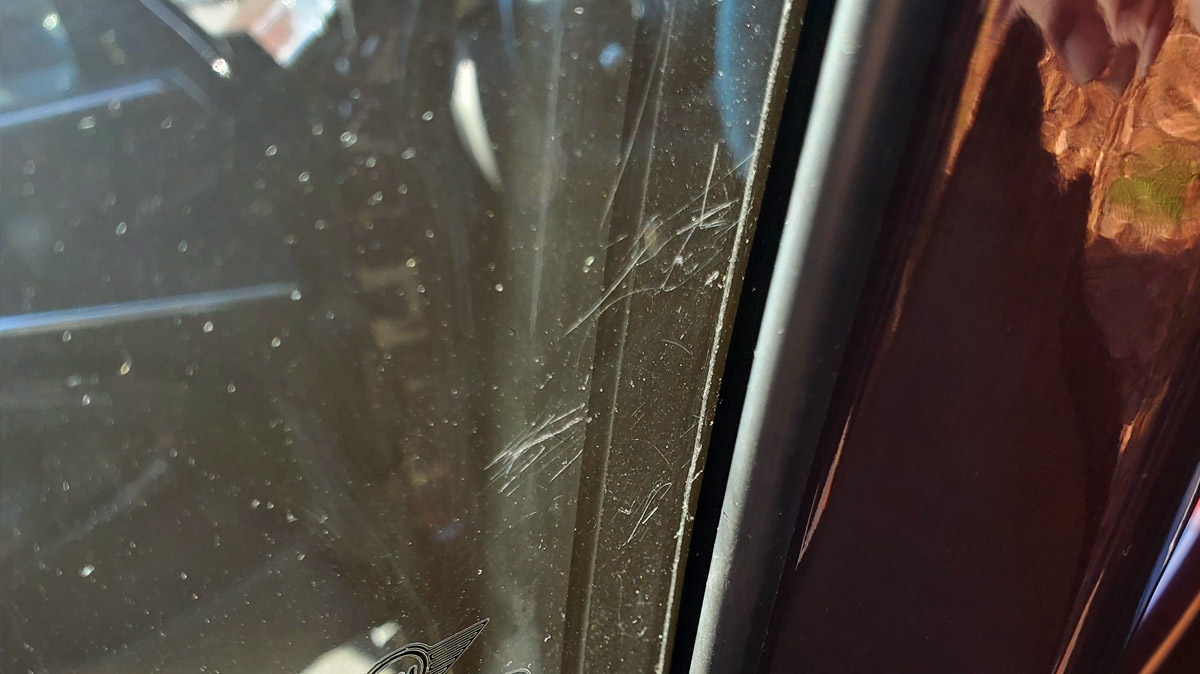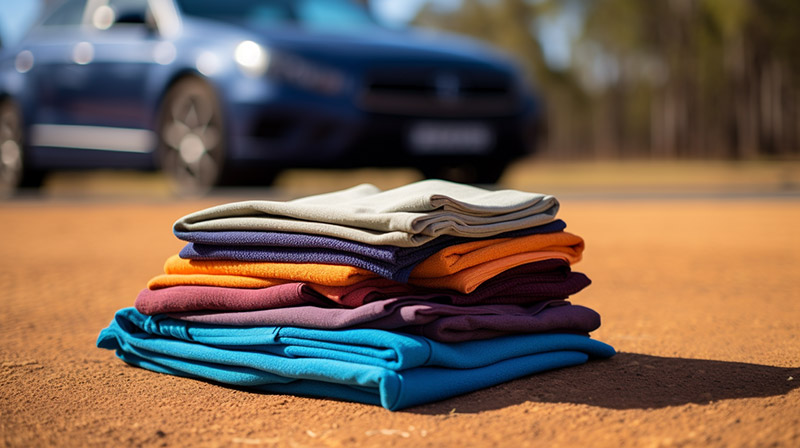
Can Scratched Window Tint Be Fixed?
We’ve all been there. You glance at your car window and see a glaring scratch marring the smooth surface of your window tint. Depending on the severity, it can be an eyesore, and might even obstruct your vision. But before you resign yourself to a complete window tint replacement, let’s explore the reality of fixing scratched tint.
In most cases, scratches on window tint cannot be truly “fixed.” Window tint is a thin film applied to the window, and scratches essentially mar the surface of this film. Unlike a scratch on your car’s paint job that can be buffed out, these scratches typically run through the tint itself.
However, you can consider a couple of approaches depending on the scratch’s severity and your comfort level. We’ll delve into these options in the next section, but managing expectations is important. Replacing the window tint entirely will likely be the most effective solution for deeper scratches or those that significantly impact visibility.
Solutions: Restoring Clarity to Your Windows
While a perfect fix for scratched window tint might be elusive, there are two main approaches you can consider: replacement and DIY buffing (for very minor scratches only). Let’s explore both options.
Replacement: The Guaranteed Solution
Replacing the entire window tint is the most reliable way to eliminate scratches and restore a flawless appearance to your windows. Here’s a brief overview of the process:
- Removal: A professional installer will carefully remove the existing tint using a combination of heat, scraping tools, and cleaning solutions. This process requires expertise to avoid damaging the window itself.
- Cleaning: The window will be thoroughly cleaned to remove any residual adhesive from the old tint.
- New Tint Application: The new tint film will be carefully cut to size and meticulously applied to the window. A squeegee tool will be used to remove air bubbles and ensure a smooth, flawless finish.
Important Note: While some individuals attempt DIY window tint removal and replacement, leaving this job to a professional is highly recommended. Incorrect removal techniques can damage the window heating elements or scratch the glass. Read this guide if you want to know how much new tint you’ll need for your car.
Professional window tint installers have the experience and tools to ensure a clean removal and flawless application, ultimately saving you time, money, and frustration in the long run.
DIY Scratch Buffing (For Very Minor Scratches ONLY): Proceed with Caution!
For extremely minor scratches that are barely noticeable, there’s a risky DIY option you can attempt at your own peril. It’s crucial to understand that this method can quickly worsen the scratches if not done meticulously. Here’s how to proceed with extreme caution:
- Gather your supplies: You’ll need a high-quality microfiber cloth designed for delicate surfaces. Avoid using any abrasive materials or cleaning solutions, as these will further damage the tint.
- Gently buff: With very light pressure, buff the scratched area in a circular motion using the microfiber cloth. Be extremely cautious not to apply excessive pressure, as this can deepen the scratches.
- Stop if things worsen: If the scratches become more noticeable at any point, discontinue buffing immediately. Replacement will likely be necessary.
Remember: This DIY approach is a gamble and should only be attempted for the most minor scratches. If you’re unsure about the scratch’s severity or uncomfortable with the risk, professional replacement is always the safer option.

Preventing Scratches: Keeping Your Window Tint Pristine
Scratches not only detract from the look of your car, but can also reduce visibility. Luckily, there are preventative measures you can take to keep your window tint looking its best for years to come.
Proper Cleaning Techniques
- Microfiber Cloths are Your Friend: Always use a clean, soft microfiber cloth specifically designed for cleaning delicate surfaces. Avoid paper towels, sponges, or anything even slightly abrasive, as these can scratch the tint.
- Cleaning Solutions Matter: Harsh chemicals or ammonia-based cleaners can damage the tint film. Opt for a gentle, window-tint-safe cleaning solution. Ideally, use a solution with a mild dilution of vinegar and water.
- Clean Regularly, But Not Excessively: Regular cleaning removes dust, dirt, and debris that can contribute to scratches. However, avoid cleaning excessively, as this can wear down the tint film over time. A weekly cleaning should suffice, with more frequent cleaning during dusty or dirty conditions.
- Two is the Magic Number: When cleaning, avoid lowering the windows all the way down. This can trap dirt and debris between the window and the tint, causing scratches when the window is rolled back up. Instead, lower the window only halfway for cleaning to minimise the risk.
Window Operation Recommendations
- Mind Your Rings and Jewellery: Be mindful of rings, bracelets, or any sharp objects that could come into contact with the window tint while rolling the window up or down.
- Beware of Window Guards: While window guards offer security benefits, some types have rough edges that can scratch the tint over time. Consider using a different type of window security if possible.
- Park Smart: Park in shaded areas whenever possible to minimise sun damage and heat buildup, which can make the tint film more brittle and prone to scratches.
By following these simple preventative measures, you can significantly reduce the risk of scratches on your window tint and keep your windows looking sharp for a long time.

